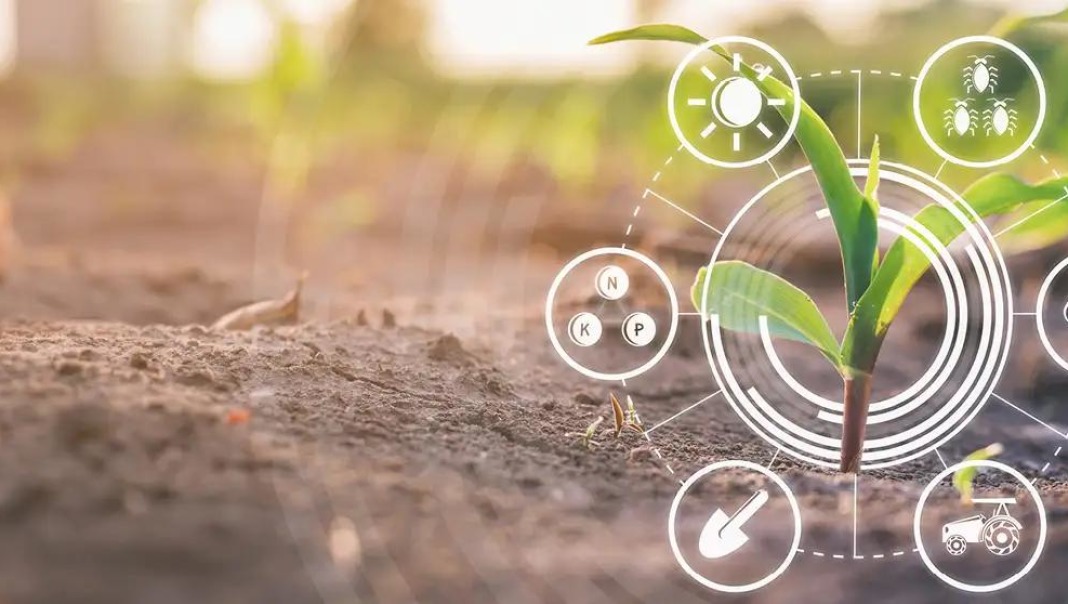Precision agriculture can improve resource use and your bottom line
Monday, April 8, 2024
Reference: FCC
 Precision agriculture can help a producer improve yield and profitability while minimizing resource use, particularly water and fertilizer.
Precision agriculture can help a producer improve yield and profitability while minimizing resource use, particularly water and fertilizer.Soils aren’t homogeneous within a field, which will impact how plants grow throughout a growing season.
Manage water precisely
“The ability to irrigate based on the plant’s needs will allow for improved water management, optimizing yield with input cost,” says Herman Simons, manager of smart agriculture applied research at Olds College of Agriculture and Technology.Nothing affects yields like water. It’s by far the biggest factor in yield variability within fields, regions and between seasons, says Steve Shirtliffe, a professor in the University of Saskatchewan’s Department of Plant Sciences.
Usually, more water is positive, but not always. An area that stays saturated for more than a few days can release the nitrate in the soil as nitrous oxide (N2O), which is agriculture’s largest contributor to greenhouse gas emissions, Shirtliffe says.
Know your marginal growing areas
Marginal growing areas are among risk areas that emit N2O emissions and identifying them and taking them out of production can save farmers money, as well as turn the area into one that no longer pumps out N2O, but instead fixes carbon, Shirtliffe says. There are also advantages of greater biodiversity and feed availability in dry years.For other at-risk areas, it’s important to manage nitrogen fertilizer application to not only improve efficiency but also reduce N2O emissions.
Read More
Sign up to stay connected
- News
- Property Alerts
- Save your favourite properties
- And more!
Joining Farm Marketer is free, easy and you can opt out at any time.
